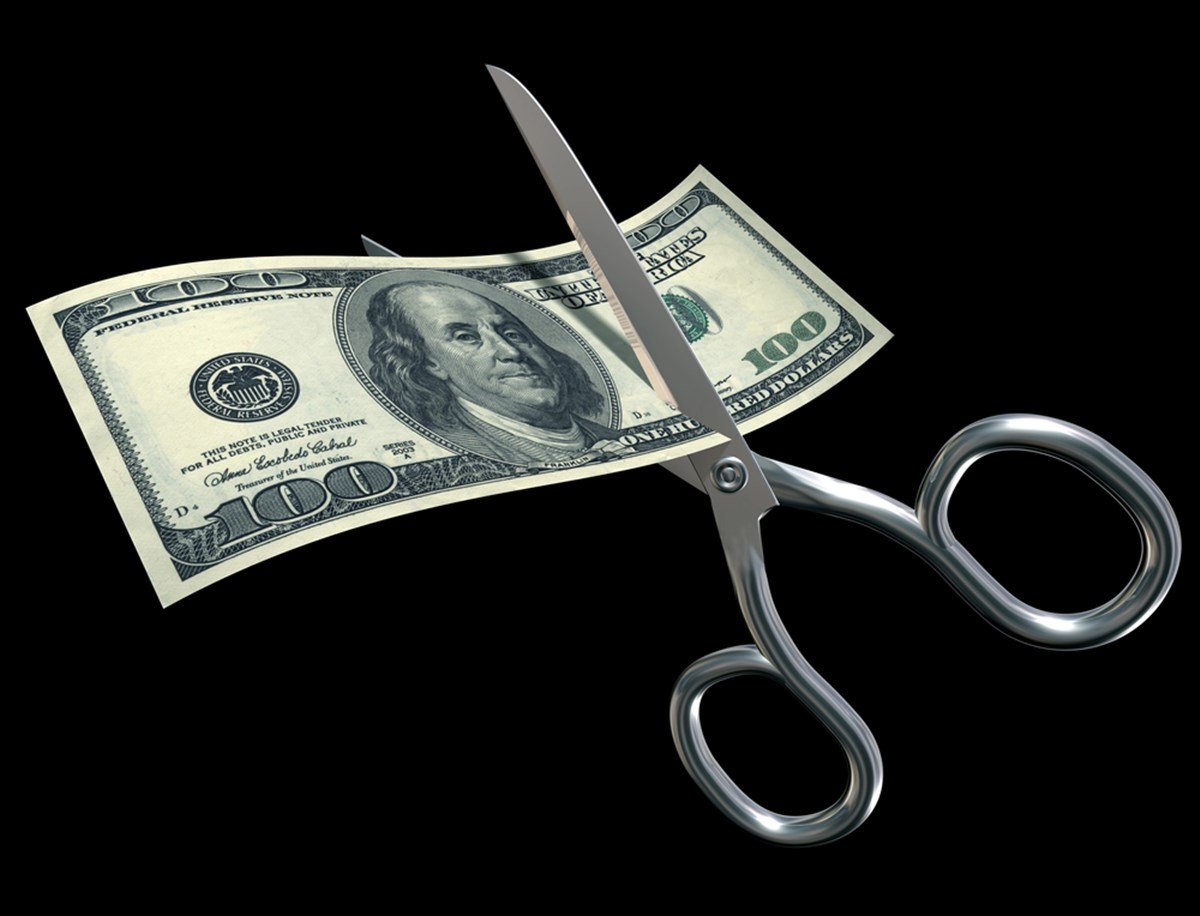 A dividend cut occurs when a company decides to reduce the amount that it pays out in dividends. There are many reasons why a company might do this, including financial hardship, debt reduction, or funding for new ventures. Read on to learn more about dividend cuts, what they mean, and what you may want to do following a cut.
A dividend cut occurs when a company decides to reduce the amount that it pays out in dividends. There are many reasons why a company might do this, including financial hardship, debt reduction, or funding for new ventures. Read on to learn more about dividend cuts, what they mean, and what you may want to do following a cut.
What Does a Dividend Cut Signal?
Investors who rely on dividend income are often disappointed by the news of a dividend cut and take it as a sign to sell the stock. However, a dividend cut is not always negative. Some of the most common reasons that a company may cut its dividend include:
- Financial Difficulties: Dividends are paid out through a company’s profits. If profits or cash flow is insufficient, the company may be forced to cut its dividend.
- Reinvestment Needs: A company might cut its dividends to create cash flow to support a new project or acquisition or to pay down debt.
- Systemic Market Struggles: In times of economic uncertainty or stress across an entire sector, some companies will take a more conservative cash management strategy and temporarily reduce dividends.
Note that a dividend cut is not the same thing as a dividend suspension. A dividend cut means that a company is reducing the amount paid to shareholders, but it is not eliminating the dividend entirely. A dividend suspension means that the company has decided to stop paying dividends for the time being, which is considered by most investors to be a more drastic move.
What Investors Need to Know
For most investors, a dividend cut is a sell signal, with share prices usually reacting negatively when this change is announced. It can signal to the market that a company's earnings and cash flow are under pressure, leading to a loss of investor confidence. This can result in increased selling pressure on the stock and an immediate, sharp dip in price.
This negative sentiment is also more likely to be compounded with high-yield dividend stocks. Income investors like retirees often specifically invest in these stocks to provide them with a stream of cash. If the dividend is cut, this may compel income investors to sell their shares, further driving down the stock price.
The long-term effects of a dividend cut will depend largely on the reason for the cut. Before deciding to sell, take a close look at the company’s press release to learn about why the cut is necessary. Regularly reviewing a company's earnings reports will help you stay on top of its financial health and not be blindsided by a dividend cut.
It's also important to understand the signs of a dividend trap. A dividend trap is when investors are lured into buying a stock primarily because of its high dividend yield without fully understanding the underlying risks. These dividends are often unsustainable, and companies will cut them sharply, leading to a harsh dip in share price. A dividend trap can cause significant losses if the company's stock price continues to fall or if the dividend is cut or suspended. This loss in share value is also likely to outweigh any income received from the dividends. To help avoid dividend traps, you should evaluate the dividend payment history and note how recently the company began offering higher payouts.
Notable Example of a Dividend Cut
In early 2022, telecom giant AT&T (NYSE: T) slashed its dividend by approximately 46% -- from 52 cents per share to 28 cents per share. This dividend cut was said to be part of a cash preservation strategy following its aquisition of WarnerMedia and, subsequently, some of its debt. The company also stated that it planned to divert some of the additional cash flow to the development and maintenance of its 5G network.
After the announcement of the dividend cut, the price of AT&T stock fell from $19.64 per share in the beginning of 2022 to a low of $15.13 in late September 2022. Since then, AT&T’s share price has recovered to $18.81 as of July 9, 2024. While this per-share price is less than it was prior to 2020, this is an example of how a dividend cut may later lead to a price rebound if financial insecurity is not the primary underlying reason for the cut.
Companies cut dividends all the time, but MarketBeat makes it easy for investors to keep track of recent cuts.
Should You Sell After a Dividend Cut?
While it can be tempting to immediately sell a stock following the announcement of a dividend cut, you should consider the broader context before making a decision.
For example, if the company is using the dividend cut as a conservative hedge against an uncertain market, you may want to hold your shares for a rebound when sector sentiment improves. But if a company is cutting its dividend due to poor financial health, then yes, it could be a signal to sell the stock.
Even if the company's overall financial situation is solid, if you rely on dividend income, you may decide to sell the stock and find companies with higher dividend payments as a cut can significantly impact your cash flow.
Start Your Research With MarketBeat
When evaluating investments, it's important to consider factors beyond the dividend yield -- even if your primary goal is to earn dividend income. MarketBeat's resources and tools can help you find companies with reliable streams of cash flow, less debt, and solid business models that make reliable long-term income choices. Sign up now to get MarketBeat's Dividend Investing Newsletter directly to your inbox.













